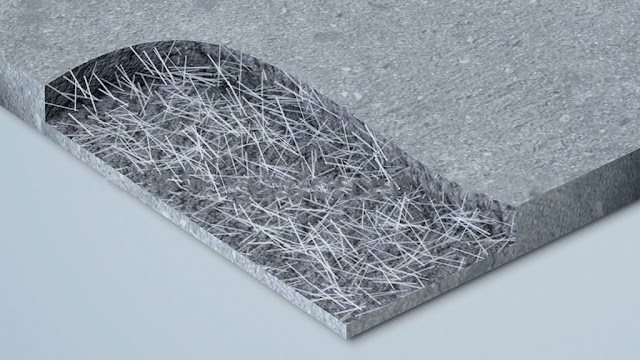 |
| Global Cement Board Market |
The global Cement Board Market is estimated to be valued at US$ 1.86 Bn in 2023 and is expected to exhibit a CAGR of 5.4% over the forecast period 2023 to 2030, as highlighted in a new report published by Coherent Market Insights.
Market Overview:
Cement board is a building material made of sand, cement, and cellulose fiber. It comes in the form of panel or tile and provides a durable, moisture resistant, and fireproof surface. Cement boards have advantages over drywall such as superior resistance to moisture damage, mold, impact, and fire. They are widely used in construction industry for interior and exterior wall and floor applications in residential as well as commercial buildings. Cement boards eliminate the need for paper joint tape and joint compound during construction, saving both time and money. They are easily installable and offer a clean, monolithic finish ideal for high traffic and wet areas like kitchens, bathrooms, laundry rooms, and patios.
Market key trends:
One of the key trends in the cement board market is growing construction industry globally. Construction industry is growing across both developed and developing economies driven by factors such as increasing population, rapid urbanization, rising disposable income, and economic growth. According to United Nations, world urban population is projected to increase by 56% from 4.2 billion in 2018 to 6.6 billion by 2050. Growing construction industry is fueling the demand for durable and versatile building materials like cement boards for various interior and exterior construction applications. Another major trend is the increasing focus on green building materials. Compared to drywall, cement boards have lower carbon footprint owing to their higher durability and need for lesser repair and replacement. This is prompting more builders and homeowners to adopt cement boards.
Porter’s Analysis
Threat of new entrants: The Global Cement Board Market requires high initial investments in setting up manufacturing plants and R&D facilities. This poses significant barriers for new players.
Bargaining power of buyers: The presence of several established players makes it easy for buyers to compare products and prices, giving them higher bargaining power.
Bargaining power of suppliers: Raw materials account for a major part of total costs. Fluctuations in the prices of raw materials like cement and cellulose can impact suppliers.
Threat of new substitutes: Wood boards and drywall panels are potential substitutes. However, cement boards have better fire resistance and durability compared to substitutes.
Competitive rivalry: The cement board market is moderately competitive due to the presence of multiple regional and global players. Players differentiate by offering customized solutions, services and superior product quality.
Key Takeaways
The global cement board market is expected to witness high growth, exhibiting CAGR of 5.4% over the forecast period, due to increasing construction activities across residential and non-residential sectors. The market size for 2023 is estimated to be US$ 1.86 Bn.
Europe dominated the global market in 2022 owing to stringent construction regulations regarding fire safety in countries like Germany, France and the UK. The Asia Pacific region is anticipated to grow at the fastest pace during the forecast period due to rapid urbanization and infrastructure development in China and India.
Key players operating in the cement board market include Etex Group, Elementia Materials, Everest Industries Limited, James Hardie Industries PLC, Johns Manville, Knauf Gips KG, Saint-Gobain, BetonWood Srl, Cembrit Holding A/S, HIL Limited, GAF, and NICHIHA Co. Ltd. Players are focusing on new product development, adopting sustainable practices and expanding their geographical footprint to strengthen market position.
Read More: https://www.rapidwebwire.com/cement-board-market-analysis/
